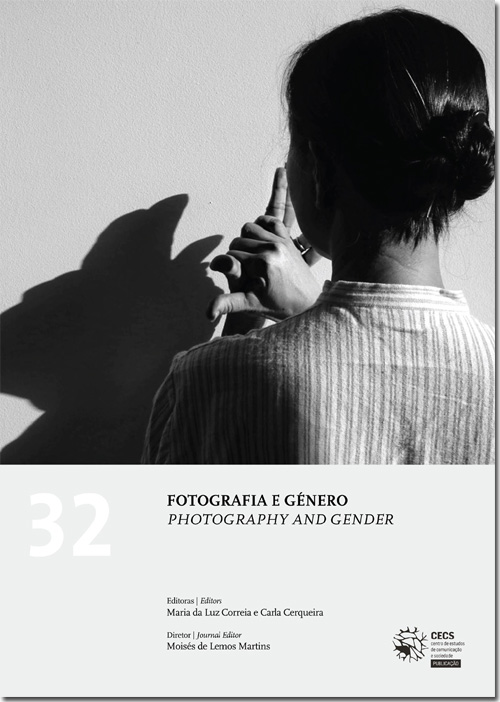Digital Pygmalion: the symbolic and visual construction of the feminine in CoverDoll online magazine
DOI:
https://doi.org/10.17231/comsoc.32(2017).2760Palavras-chave:
CoverDoll, cyberfeminism, sex dolls, Pygmalion, GalateaResumo
This study aims to question and problematize the construction of gendered meanings and visual codes in the digital context. Rooted in the theoretical framework of cyberfemism, it analyzes the visual and linguistic content of CoverDoll, a monthly e-zine thematically devoted to sex dolls. The Pygmalion myth is proposed as the symbolic framework of CoverDoll, since the linguistic and pictorial devices that support a simulated subjectivity seem to reproduce its main backdrop: the feminine is constructed as alterity and a product of male desire. The analysis of CoverDoll’s portfolio and fictional discourses suggests the persistence of symbolic and aesthetical conventions despite technological ruptures. The operating mechanisms in the tradition of painting described by John Berger seem resiliently translated into the visual construction of the feminine in CoverDoll: the portrayed feminine figure addresses a masculine voyeur which is absent from the picture. The camera replaces the mirror as a symbolic device of the projected female’s narcissism, as the multiple references to the camera in the fictional discourses forge the idea of female vanity. The images displayed overall eroticize and objectify the artificial female bodies. The fictional narratives mobilize and intertwine a set of stereotypes that associate femininity with futility, seduction and caring.
Downloads
Downloads
Publicado
Como Citar
Edição
Secção
Licença
Os autores são titulares dos direitos de autor, concedendo à revista o direito de primeira publicação. O trabalho é licenciado com uma Licença Creative Commons - Atribuição 4.0 Internacional.












